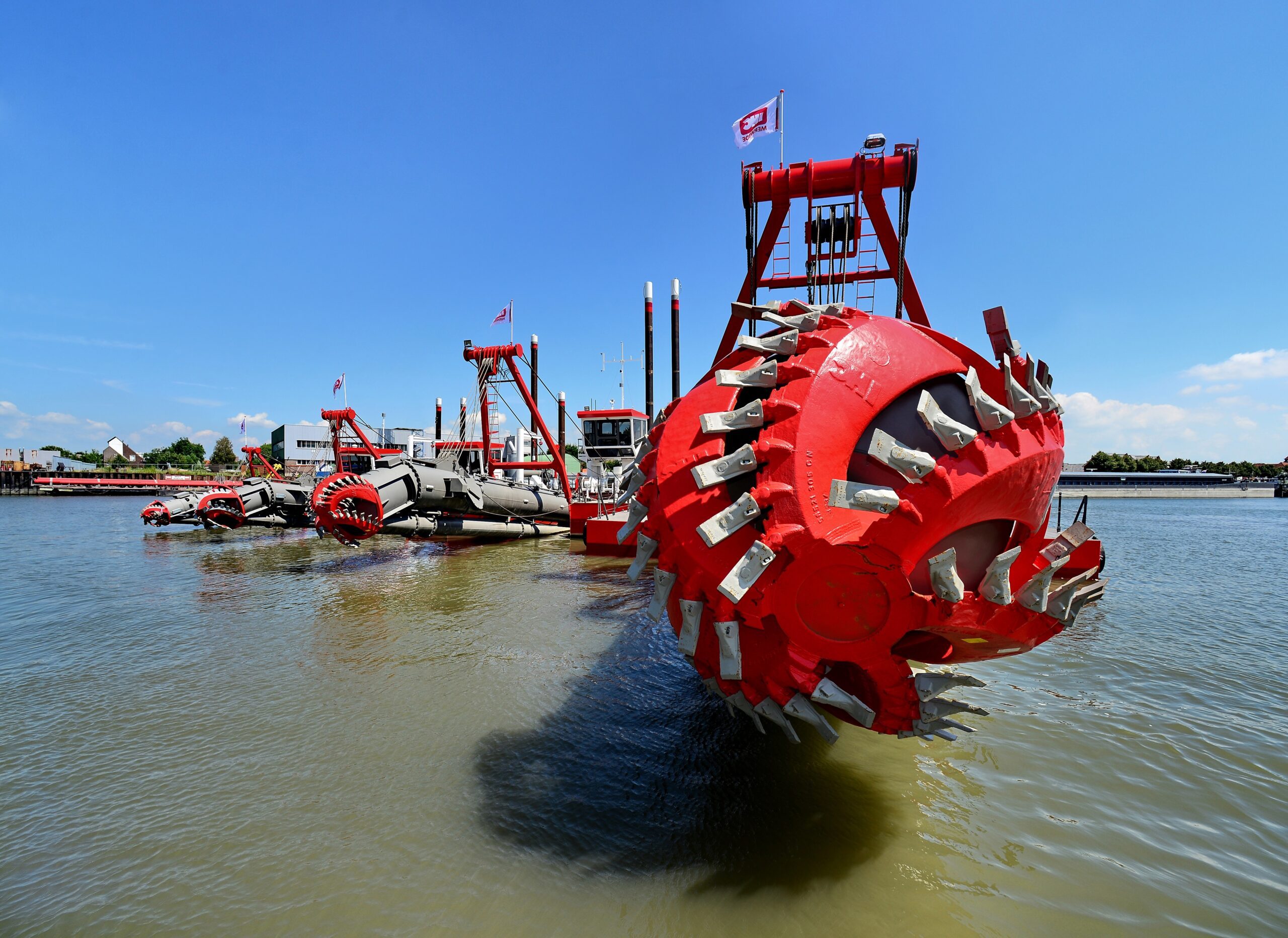Understanding Dredging:
Dredging, the process of removing sediment and debris from water bodies, is a vital practice with diverse applications ranging from maintaining navigable waterways to environmental restoration projects. In this educational article, we delve into the fascinating world of dredging, exploring various methods and techniques employed to achieve different objectives.
Dredging plays a crucial role in ensuring safe navigation, flood prevention, and environmental management in water bodies worldwide. It involves the removal of accumulated sediment, silt, or debris from riverbeds, harbors, estuaries, and coastal areas to maintain desired depths and water quality.
Different Methods of Dredging:
- Cutter Suction Dredging:
- Principle: Cutter suction dredges utilize a rotating cutter head to loosen sediment, which is then suctioned through a pipe and transported to a disposal site.
- Applications: Widely used for deepening navigational channels, harbor maintenance, and land reclamation projects.
- Bucket Dredging:
- Principle: This method involves using a crane or excavator equipped with a bucket to scoop up sediment and deposit it onto a barge or into a hopper for transportation.
- Applications: Suitable for small-scale dredging operations and in areas with limited access for larger vessels.
- Trailing Suction Hopper Dredging:
- Principle: Dredge vessels equipped with suction pipes suck up sediment, storing it in a hopper onboard the vessel before disposal.
- Applications: Ideal for dredging large volumes of sediment in open water bodies and maintaining port infrastructure.
- Mechanical Dredging:
- Principle: Heavy machinery, such as excavators or clamshell dredges, is used to mechanically remove sediment from the seabed for transportation and disposal.
- Applications: Effective for precision dredging in confined spaces and in areas with rocky substrates.
- Hydraulic Dredging:
- Principle: High-pressure water jets loosen sediment on the seabed, which is then suctioned and transported to a disposal site.
- Applications: Suitable for dredging soft sediments and environmentally sensitive areas due to minimal disturbance to the seabed.
Benefits and Considerations:
- Dredging helps maintain navigable waterways, prevents flooding, restores ecosystems, and supports coastal protection measures.
- However, dredging activities can impact marine ecosystems, water quality, and sediment dynamics, necessitating careful planning and environmental monitoring.
Conclusion:
Dredging is a multifaceted practice with significant implications for water resource management and coastal development. By understanding the various dredging methods and their applications, stakeholders can make informed decisions to balance the need for dredging with environmental conservation efforts, ensuring sustainable use of aquatic resources for generations to come.
